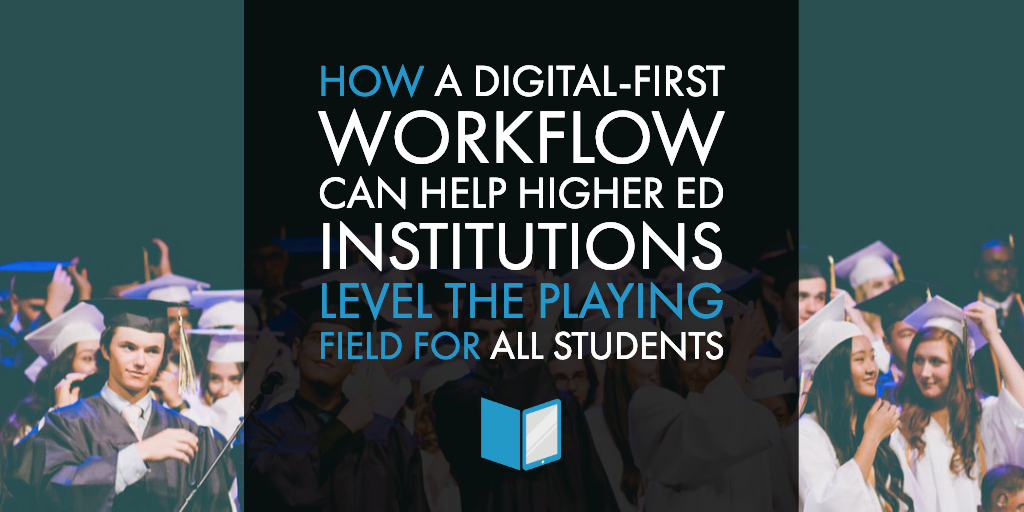Despite best efforts of equity-based strategies like universal access to technology for students on-campus, the world of higher education is stuck in a digital divide. Also known as the ‘homework gap,’ this digital divide refers to the inequality in access to technology that exists between communities or groups due to regional, demographic, and socio-economic differences. This gap, which acts as an invisible barrier between the ‘haves’ and ‘have nots’ in higher education, disproportionately impacts students from traditionally underserved populations, and is becoming an increasing concern for both institutions and students alike.
In fact, a recent survey published by the ACT’s Center for Equity in Learning indicates that 14% of students applying for admission into higher education reported only having access to one electronic device at home, and a further 56% of that group reported that the only device they had access to at home was a smartphone.
You read that right. There are students out there navigating their post-secondary careers equipped with little more than a smartphone. Imagine, if you will, what a blended classroom environment might look like through the eyes of one of those students. Consider the barriers they must face when it comes time to take learning off-campus for the day.
Enter the Digital-First Workflow
The digital-first workflow is reinventing the way that educators and administrators create, collaborate, publish, and scale content in higher learning—and for good reason. This mobile-first approach to content creation challenges educators and instructional designers to go beyond traditional publishing workflows, put on their thinking caps, and visualize their content through a multi-platform lens.
By approaching content creation with this mindset, content designers begin to see the flow of information through the eyes of a student who relies on a smaller screen size to access content off-campus. This creates a practice of practical empathy between the designer and the student, and makes it easier for content designers to scale the flow of information across multiple platforms in a way that is both meaningful and consistent across any device.
In summary, adopting an empathetic approach to content design allows you to more easily create inclusive and equitable digital learning experiences that both simplify and encourage the use of mobile learning resources on- and off-campus - for all students.
Preparing for Continued Innovation
Adopting a digital-first workflow may sound like a daunting task, but the sooner that institutions start drafting their plan of attack, the better. Students rely and will continue to depend on technology to enable their education, regardless of their device or location. Adapting learning materials to today's learners not only allows for greater accessibility for all, but greater chances of achievement.
We're here to help make this digital transformation easier for you. We have the best-suited tools paired with passionate, professional people that can guide you every step of the way.






Leave a comment